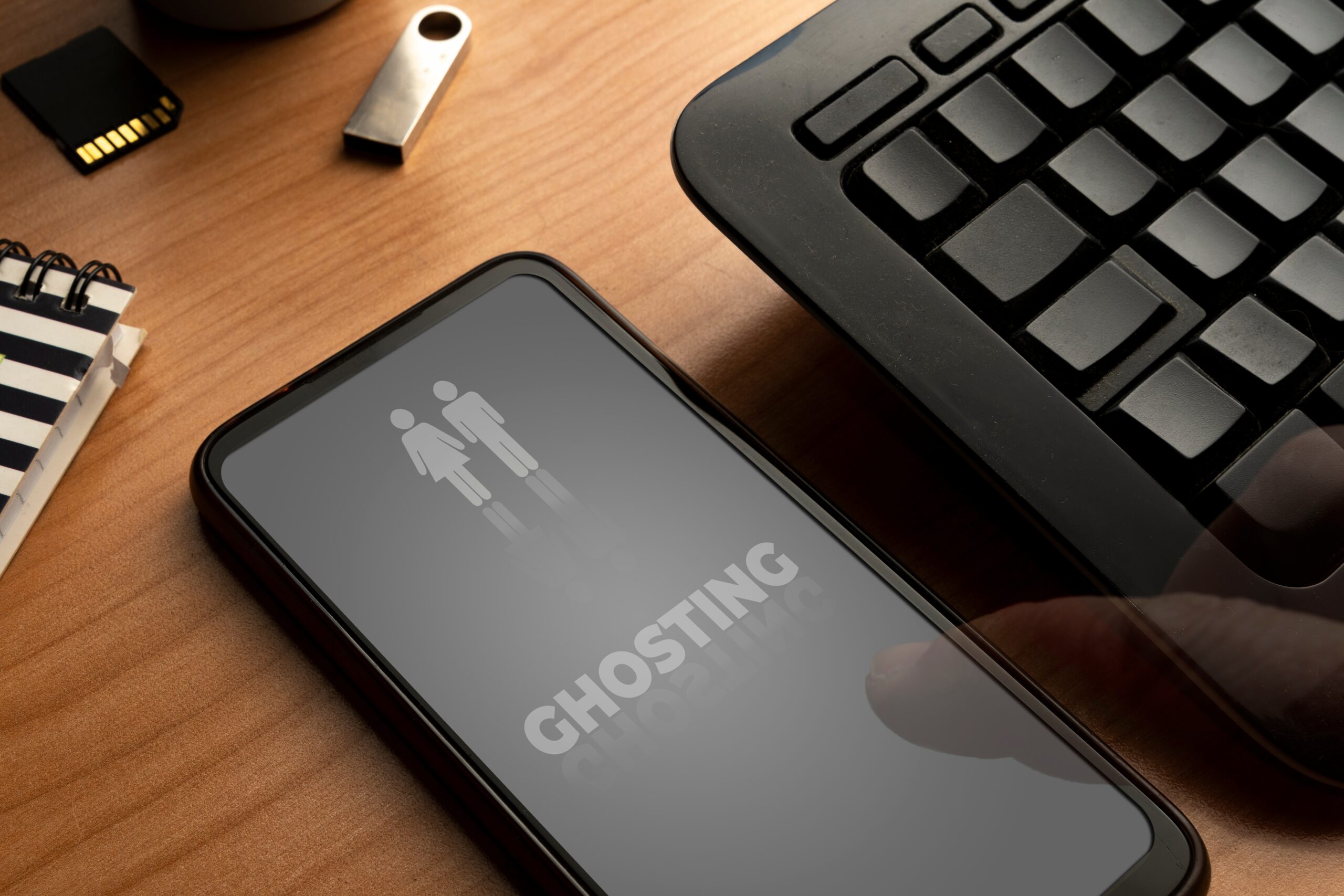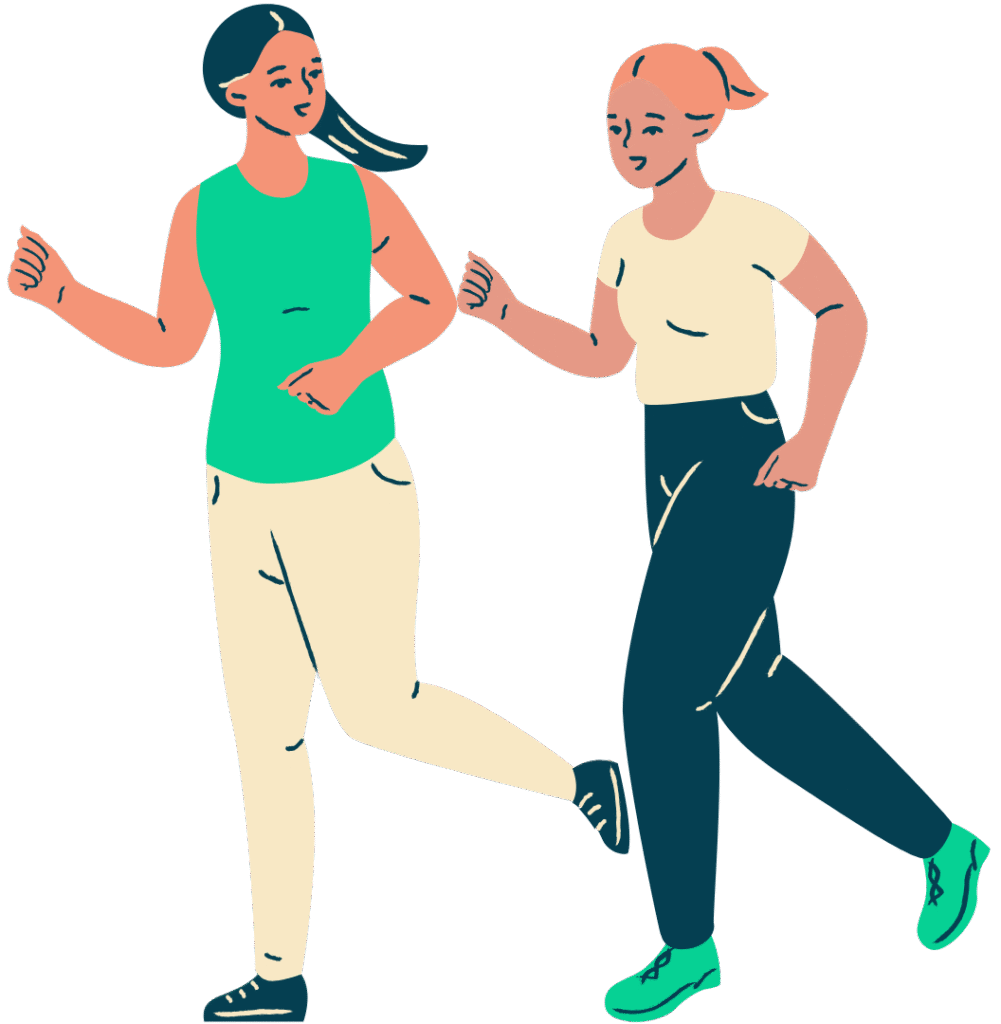Long-term sobriety isn’t about willpower—it’s about building a recovery path that adapts to real life, blending the structure of an Intensive Outpatient Program (IOP) with the staying power of aftercare.
Story Snapshot
- IOP provides a structured, flexible treatment option for people recovering from addiction.
- Aftercare is essential to prevent relapse and sustain recovery after formal treatment ends.
- Combining IOP with aftercare creates a seamless, layered support system for lasting change.
- Personalizing your recovery plan increases your odds of long-term success.
The Role of IOP: Foundation for Change Without Isolation
Intensive Outpatient Programs (IOPs) offer a middle ground between inpatient rehab and standard outpatient care, allowing participants to live at home while attending therapy several days a week. This model is built for real life—balancing work, family, and healing. Group sessions foster camaraderie and peer accountability, while individual counseling zeroes in on triggers and personal challenges. Psychoeducation demystifies addiction, equipping people with science-backed tools. Family therapy bridges the gap between the person in recovery and their loved ones, creating a network of understanding and support. Research confirms IOPs are as effective as inpatient programs for many, especially when paired with the right follow-up care.
Choosing IOP isn’t about taking the easy road—it’s about strategically rebuilding life in the real world, supported but not sheltered. The flexibility allows for practicing new coping skills in daily situations, making progress feel relevant and sustainable. Yet, as the structure of IOP winds down, the risk of relapse rises if there’s no plan for what comes next. That’s where aftercare steps in, turning a program into a lifelong path.
Aftercare: The Lifeline Beyond the Program
Aftercare is the unsung hero of recovery, quietly underpinning the transition from structured treatment to independent living. It encompasses weekly therapy, group meetings like AA or SMART Recovery, sober living environments, recovery coaching, and even digital tools. The first few months after treatment are the most fragile—relapse rates for addiction mimic those of chronic illnesses like asthma, hovering between 40-60%. Aftercare’s power lies in regular check-ins and a sense of community, both proven to reduce relapse risk. For many, ongoing engagement—whether face-to-face or via smartphone—becomes the difference between slipping and staying on track.
Maria, a mother of two, completed a 6-week IOP and, with her team’s help, orchestrated an aftercare plan before her last session. Weekly telehealth therapy, women’s AA meetings, a fitness group, and a sobriety app kept her accountable. Six months later, she’s still sober, her relationships are stronger, and she’s managing life’s curveballs with newfound confidence.
Why Combining IOP and Aftercare Works When Nothing Else Has
Connecting IOP and aftercare forms an unbroken chain of support, reducing the dangerous gaps that undermine recovery. The transition is smoother: coping skills learned in IOP are tested and refined in the real world, with aftercare offering a safety net. Long-term accountability is built in—regular therapy, group meetings, and digital trackers reinforce goals and create a rhythm of recovery. Layered support means that when one line of defense falters, others are ready to catch you. This approach isn’t theoretical; studies show outcomes dramatically improve when aftercare is planned before IOP ends, not as an afterthought.
https://twitter.com/SoberNation/status/1321294861032898560
Technology has made aftercare more accessible than ever. Apps like Sober Grid and WEconnect Health provide daily check-ins and community forums, helping people stay engaged even when motivation dips. But human connection—through meetings, coaches, or sober friends—remains the backbone of lasting change. Isolation is the enemy; structured support is the antidote.
Building Your Personalized Recovery Path: Steps That Matter
Start with a quality IOP that addresses your specific needs, such as co-occurring disorders or family dynamics. Ask about the therapies offered, customization options, and how they help you transition to aftercare. Before your last week in IOP, work with your counselor to design an aftercare plan: choose a trusted therapist, identify support groups, consider sober living if needed, and build routines that bring structure to each day or week. Lean into technology for accountability, but don’t underestimate the power of community—attend meetings, reach out to a sponsor, and give back through volunteering. Every layer of support strengthens your foundation. Recovery is rarely a solo journey, and the more intentional your plan, the stronger your path.
Sources:








